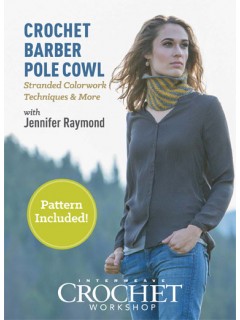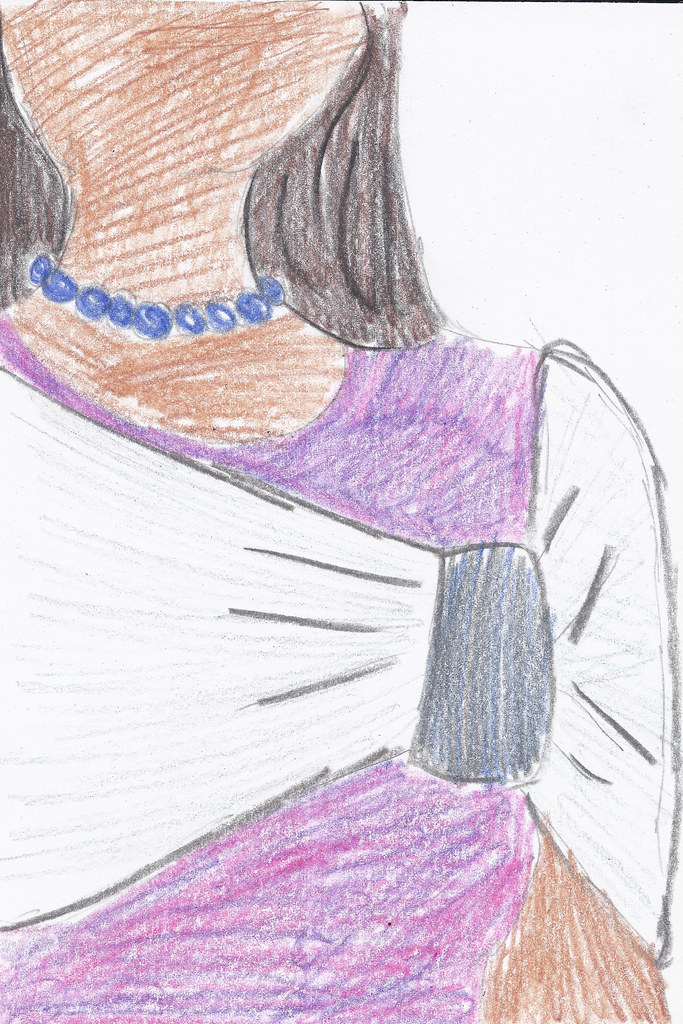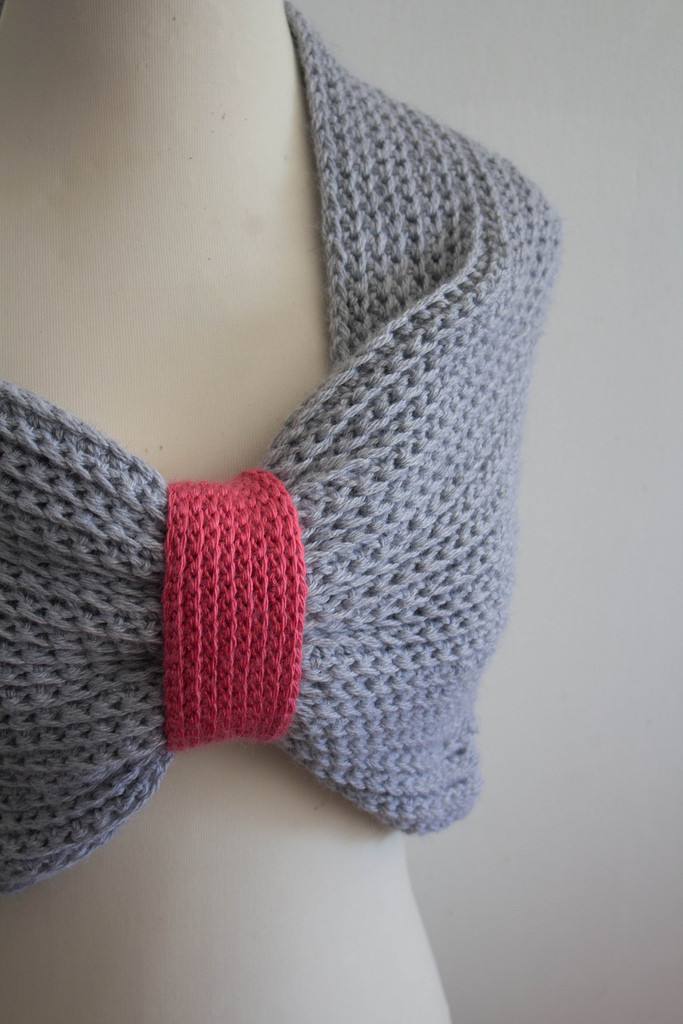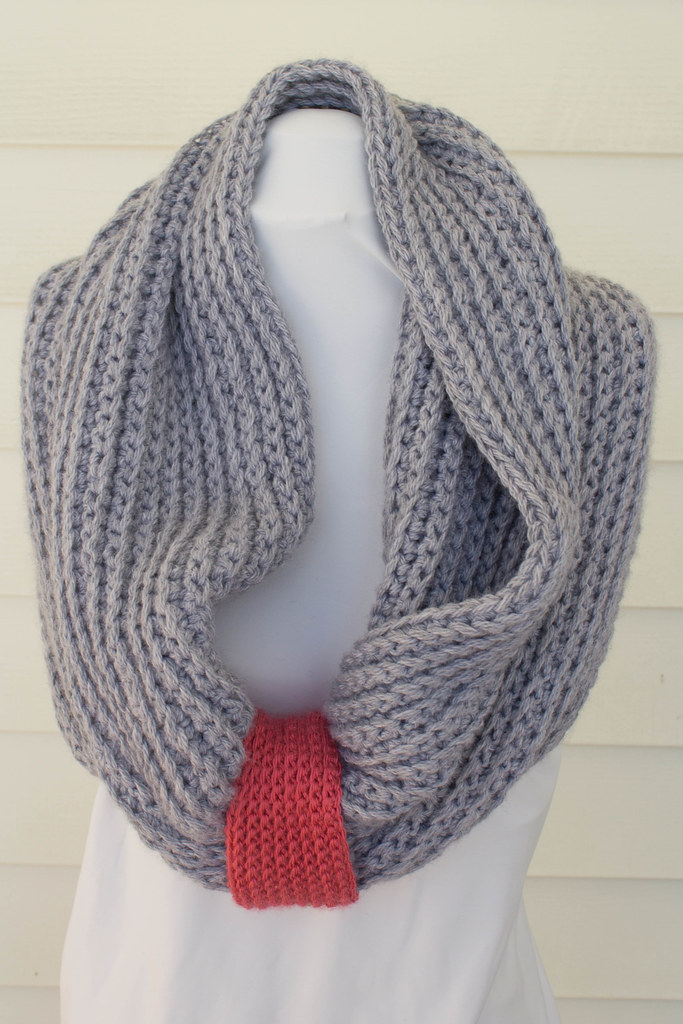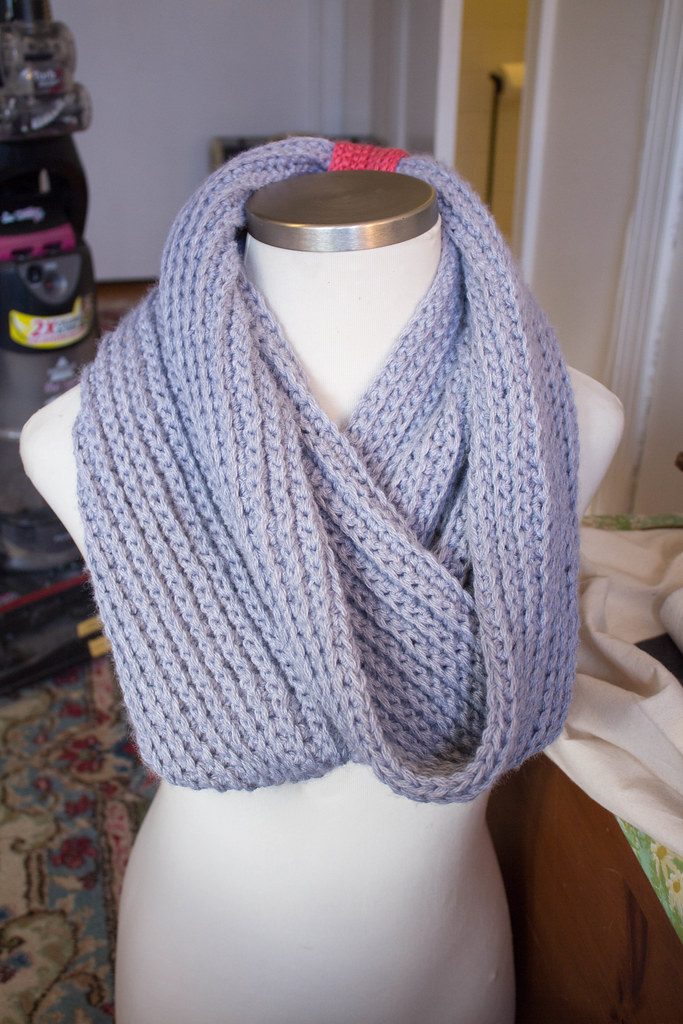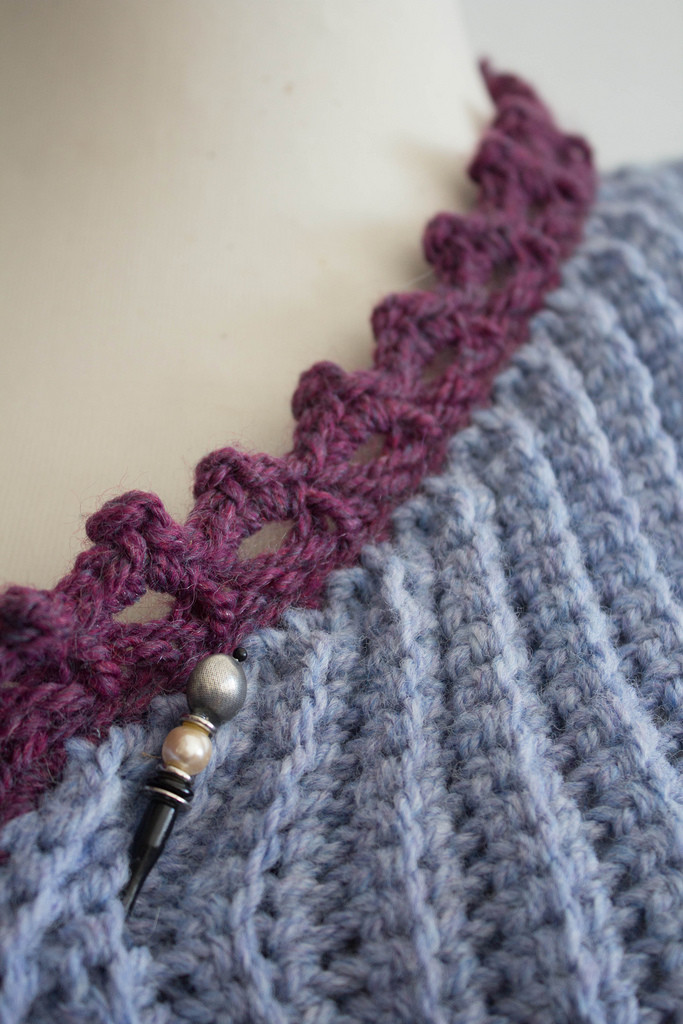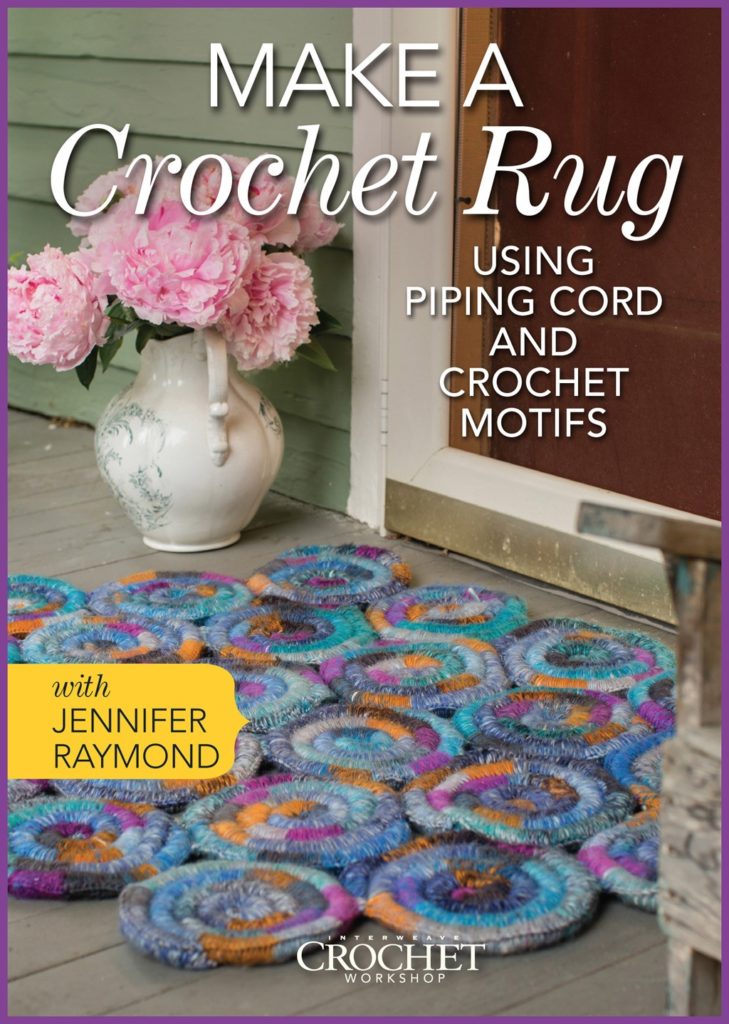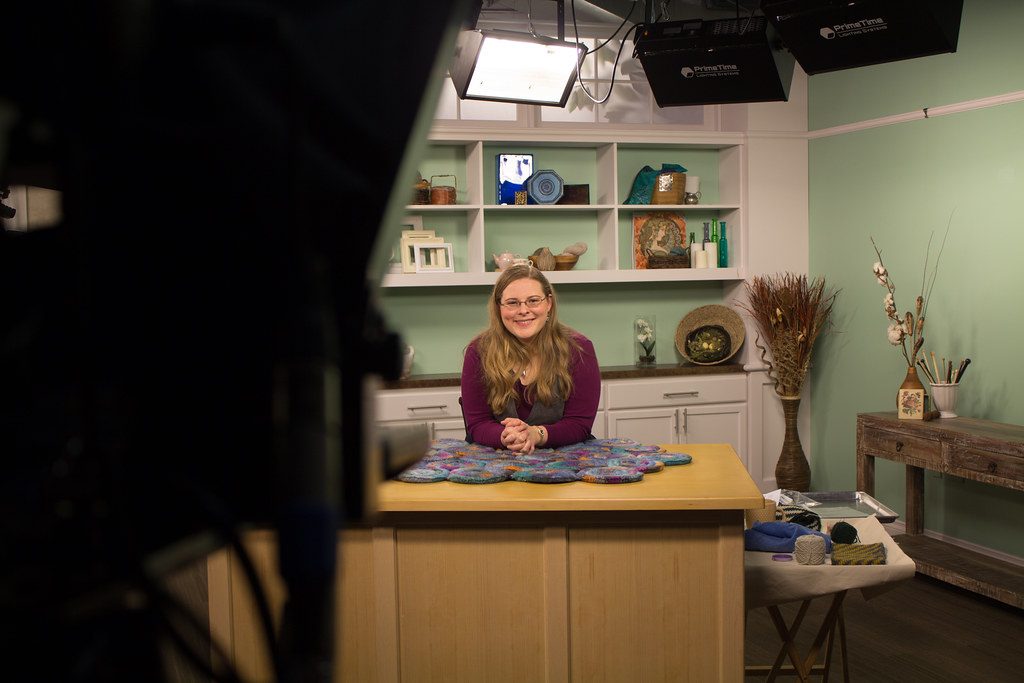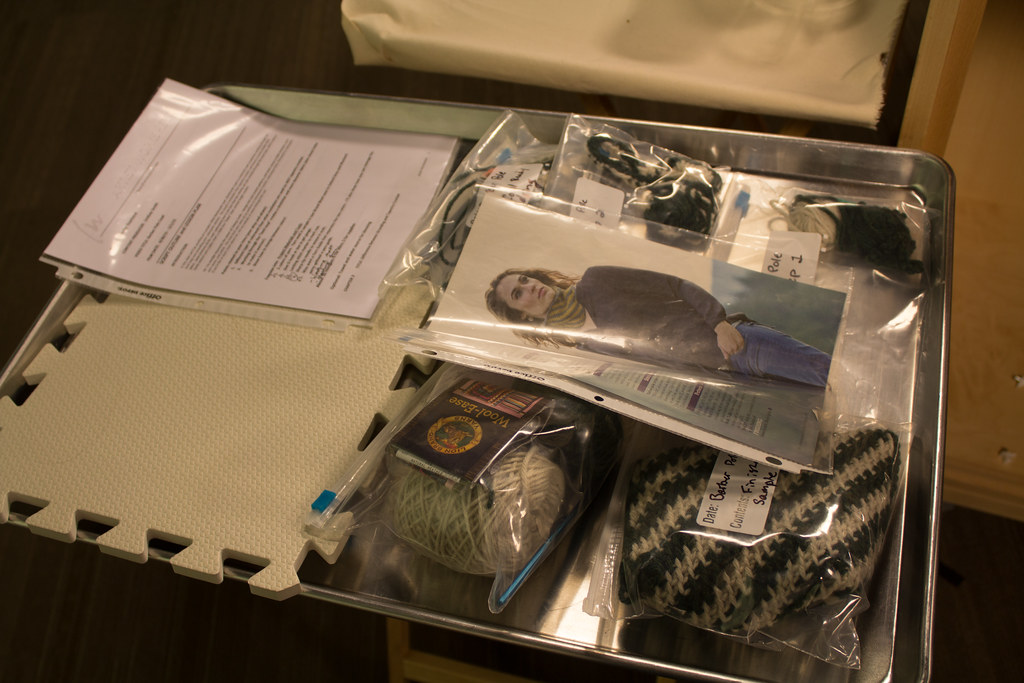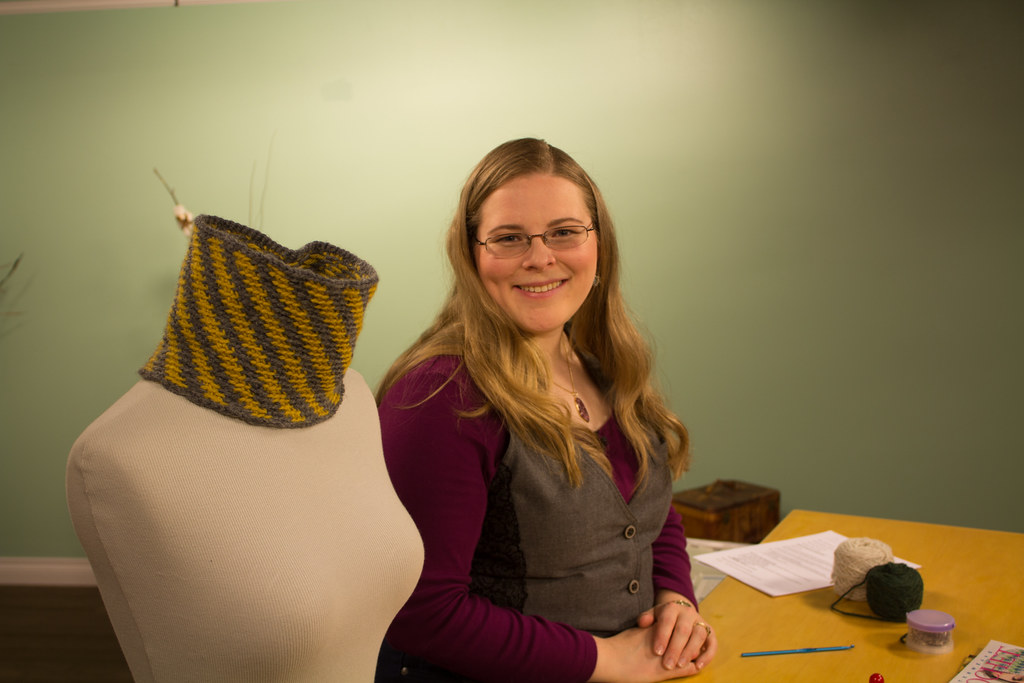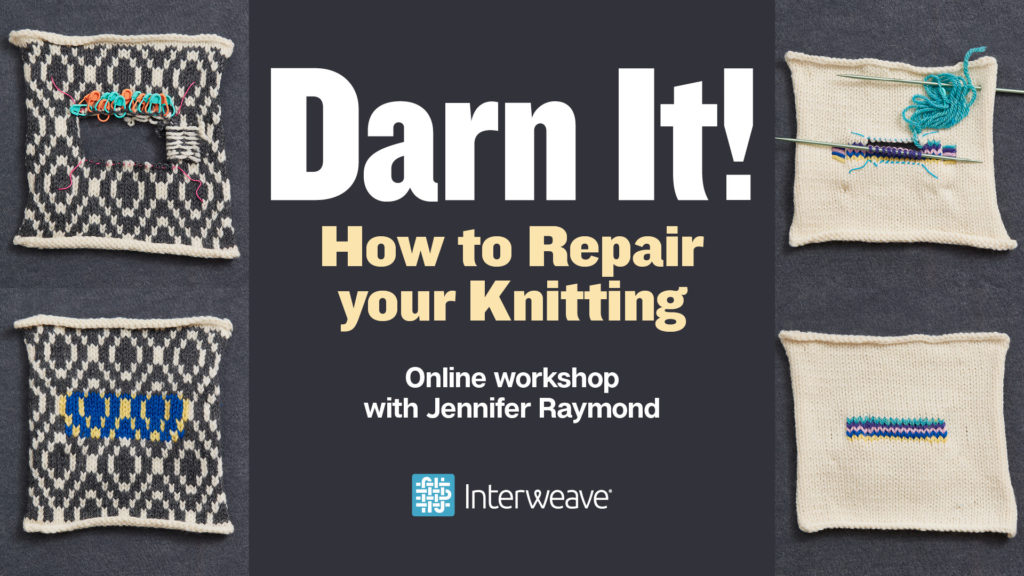 I’ve been working on my new class from Interweave, Darn It! How to Repair your Knitting for several years. Since I began offering repair courses, I’ve wanted to find a way to get this information to students who were not in my geographic area. This started when I posted about getting a copy of Rena Crockett’s Flawless Knit Repair. People from all parts of the globe would email asking how they could get a copy, or asking if I’d be willing to scan a PDF version of the book. (I was never comfortable with that solution, as I make my living off of my copyright, and I’ve never been able to contact Crockett or her realitives to see if they would be OK with that action.)
I’ve been working on my new class from Interweave, Darn It! How to Repair your Knitting for several years. Since I began offering repair courses, I’ve wanted to find a way to get this information to students who were not in my geographic area. This started when I posted about getting a copy of Rena Crockett’s Flawless Knit Repair. People from all parts of the globe would email asking how they could get a copy, or asking if I’d be willing to scan a PDF version of the book. (I was never comfortable with that solution, as I make my living off of my copyright, and I’ve never been able to contact Crockett or her realitives to see if they would be OK with that action.)
But in the back of my brain I was trying to figure out how I could create my own, readily available version of Crockett’s book. Becasue as much as Crockett’s book was instrumental in my own start into repairing things, I’d found some other methods of working that I wanted to share with people. More than a year ago I teamed up with Interweave to try and create a course that would answer the need I’d seen.
I’m proud to announce that Darn It: How to Repair your Knitting is finally available! This class covers a lot of ground: repairing knit fabrics, purl fabrics, cables, lace and (my favorite!) colorwork (which has some special challenges). It breaks down, step-by-step, how to approach various reparis, and how to make them nearly invisible (if that’s your desire).
Let’s look at what the class includes:
In This Online Workshop You’ll Learn:
- A variety of repair techniques including duplicate and Kitchener stitch
- How to fix holes before they even happen
- Step-by-step repairs for stockinette, Fair Isle, cables, and lace knitting
- The secret to weaving in ends invisibly
- Tips for sourcing repair yarn and mimicking original yarns in older or heirloom pieces
Lesson Outline:
- Intro
- Darning vs. Reweaving
- A Stitch In Time: Finding Holes Before They Happen
- The Duplicate Stitch
- Repairing Stranded Colorwork
- Kitchener Stitch
- Repairing Cables
- Mending a Hole in Stockinette
- Weaving in Ends
- Repairing Lace
- Conclusion
Skill Level:
Any! Students should have basic knitting skills and some knowledge of knitting cables and simple lace.
Optional Materials for Practice Swatches:
Small amounts of worsted-weight yarn in several colors for practice swatches and repair; Size 7 or 8 knitting needles; locking stitch markers; crochet hook; tapestry needle and sharp-tipped needle; Size 7 or 8 double-pointed knitting needles

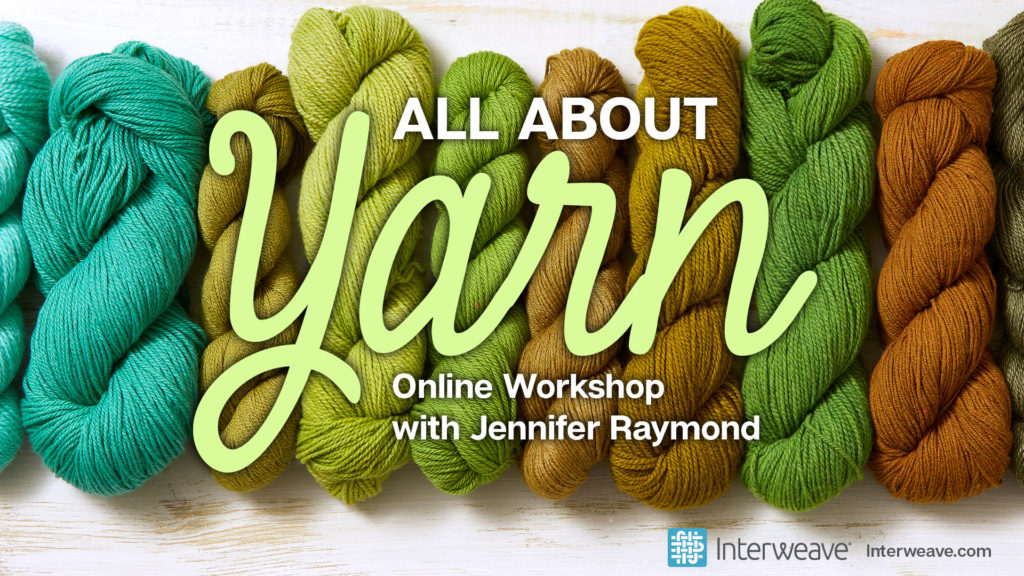
 Tomorrow afternoon at 1pm EST I’ll be teaching
Tomorrow afternoon at 1pm EST I’ll be teaching 
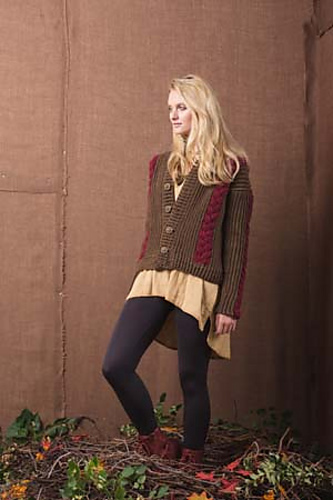 While I’d seen the technique done, a little, in crochet lacework, I’d never seen it done on larger pieces. I also hadn’t seen it done all that much.
While I’d seen the technique done, a little, in crochet lacework, I’d never seen it done on larger pieces. I also hadn’t seen it done all that much.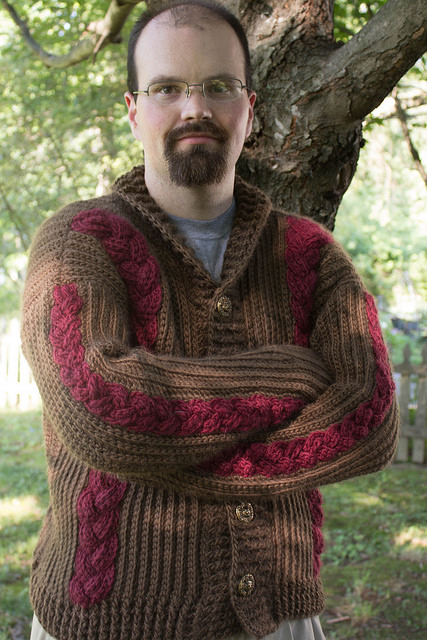
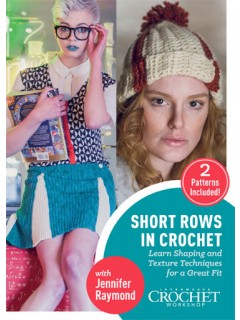
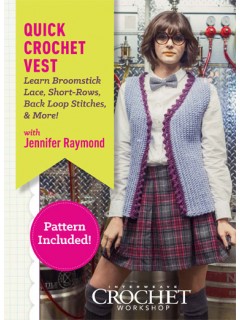 Quick Crochet Vest: Learn Broomstick Lace, Short-Rows, Back Loop Stitches & More
Quick Crochet Vest: Learn Broomstick Lace, Short-Rows, Back Loop Stitches & More